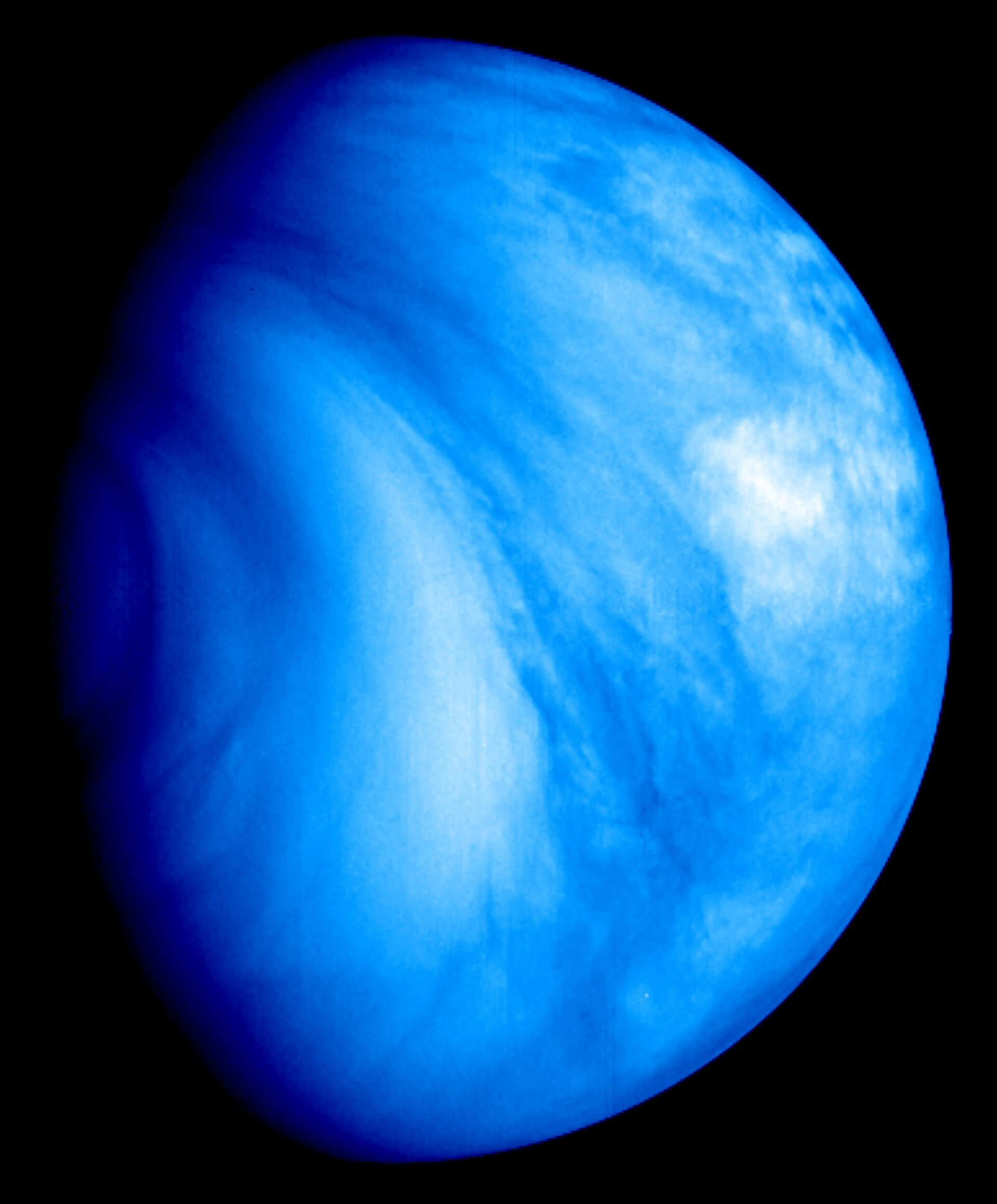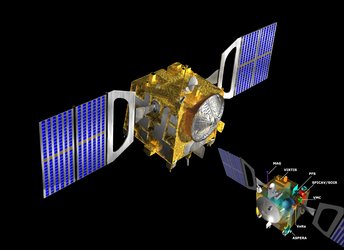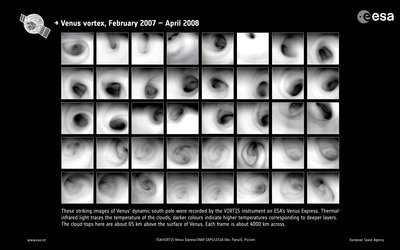Accept all cookies Accept only essential cookies See our Cookie Notice

About ESA
The European Space Agency (ESA) is Europe’s gateway to space. Its mission is to shape the development of Europe’s space capability and ensure that investment in space continues to deliver benefits to the citizens of Europe and the world.
Highlights
ESA - United space in Europe
This is ESA ESA facts Member States & Cooperating States Funding Director General Top management For Member State Delegations European vision European Space Policy ESA & EU Space Councils Responsibility & Sustainability Annual Report Calendar of meetings Corporate newsEstablishments & sites
ESA Headquarters ESA ESTEC ESA ESOC ESA ESRIN ESA EAC ESA ESAC Europe's Spaceport ESA ESEC ESA ECSAT Brussels Office Washington OfficeWorking with ESA
Business with ESA ESA Commercialisation Gateway Law at ESA Careers Cyber resilience at ESA IT at ESA Newsroom Partnerships Merchandising Licence Education Open Space Innovation Platform Integrity and Reporting Administrative Tribunal Health and SafetyMore about ESA
History ESA Historical Archives Exhibitions Publications Art & Culture ESA Merchandise Kids Diversity ESA Brand Centre ESA ChampionsLatest
Space in Member States
Find out more about space activities in our 23 Member States, and understand how ESA works together with their national agencies, institutions and organisations.
Science & Exploration
Exploring our Solar System and unlocking the secrets of the Universe
Go to topicAstronauts
Missions
Juice Euclid Webb Solar Orbiter BepiColombo Gaia ExoMars Cheops Exoplanet missions More missionsActivities
International Space Station Orion service module Gateway Concordia Caves & Pangaea BenefitsLatest
Space Safety
Protecting life and infrastructure on Earth and in orbit
Go to topicAsteroids
Asteroids and Planetary Defence Asteroid danger explained Flyeye telescope: asteroid detection Hera mission: asteroid deflection Near-Earth Object Coordination CentreSpace junk
About space debris Space debris by the numbers Space Environment Report In space refuelling, refurbishing and removingSafety from space
Clean Space ecodesign Zero Debris Technologies Space for Earth Supporting Sustainable DevelopmentLatest
Applications
Using space to benefit citizens and meet future challenges on Earth
Go to topicObserving the Earth
Observing the Earth Future EO Copernicus Meteorology Space for our climate Satellite missionsCommercialisation
ESA Commercialisation Gateway Open Space Innovation Platform Business Incubation ESA Space SolutionsLatest
Enabling & Support
Making space accessible and developing the technologies for the future
Go to topicBuilding missions
Space Engineering and Technology Test centre Laboratories Concurrent Design Facility Preparing for the future Shaping the Future Discovery and Preparation Advanced Concepts TeamSpace transportation
Space Transportation Ariane Vega Space Rider Future space transportation Boost! Europe's Spaceport Launches from Europe's Spaceport from 2012Latest

Earth’s evil twin
Thank you for liking
You have already liked this page, you can only like it once!
Appearances can be deceiving. This thick, cloud-rich atmosphere rains sulphuric acid and below lie not oceans but a baked and barren lava-strewn surface. Welcome to Venus.
The second planet from the Sun is often coined Earth’s ‘evil twin’ on account of it being almost the same size but instead plagued with a poisonous atmosphere of carbon dioxide and a sweltering 470ºC surface. Its high pressure and temperature is hot enough to melt lead and destroy the spacecraft that dare to land on it. Thanks to its dense atmosphere, it is even hotter than planet Mercury, which orbits closer to the Sun.
ESA’s Venus Express studied the planet from orbit between 2006 and 2014, providing the most in-depth studies of its atmospheric circulation to date. This false-colour image was taken in ultraviolet light with the Venus Monitoring Camera on 23 July 2007. It shows a view of the southern hemisphere from equator (right) to the pole (left) from a distance of 35 000 km from the surface of the planet.
Scientists think that Venus once looked a lot like Earth, but underwent an irreversible climate change that is often used as an extreme example of what happens in a runaway greenhouse effect.
The main source of heat in the Solar System is the Sun’s energy, which warms a planet’s surface up, and then the planet radiates energy back into space. An atmosphere traps some of the outgoing energy, retaining heat – the so-called greenhouse effect. It is a natural phenomenon that helps regulate a planet’s temperature. If it weren’t for greenhouse gases like water vapour, carbon dioxide, methane and ozone, Earth’s surface temperature would be about 30 degrees cooler than its present +15ºC average.
Over the past centuries, humans have altered this natural balance on Earth, strengthening the greenhouse effect since the dawn of industrial activity by contributing additional carbon dioxide along with nitrogen oxides, sulphates and other trace gases and dust and smoke particles into the air. The long-term effects on our planet include global warming, acid rain and the depletion of the ozone layer. The consequences of a warming climate are far-reaching, potentially affecting fresh water resources, global food production and sea level, and triggering an increase in extreme-weather events.
There is no human activity on Venus, but studying its atmosphere provides a natural laboratory to better understand a runaway greenhouse effect. At some point in its history, Venus began trapping too much heat. It was once thought to host oceans like Earth, but the added heat turned water into steam, and in turn, additional water vapour in the atmosphere trapped more and more heat until entire oceans completely evaporated. Water vapour is still escaping from Venus’ atmosphere and into space today.
In the very long term – billions of years into the future – a ‘greenhouse Earth’ is an inevitable outcome at the hands of the aging Sun. Our once life-giving star will eventually swell and brighten, injecting enough heat into Earth’s delicate system that it will eventually become Venus’ true twin.
Read more here about the diverging histories of Venus, Earth and Mars and how studying our neighbour planets can teach us more about our own.
-
CREDIT
ESA/MPS/DLR-PF/IDA -
LICENCE
ESA Standard Licence

Venus Express spacecraft

Uncovering Venus secrets

Destination: Venus

Destination: Venus















 Germany
Germany
 Austria
Austria
 Belgium
Belgium
 Denmark
Denmark
 Spain
Spain
 Estonia
Estonia
 Finland
Finland
 France
France
 Greece
Greece
 Hungary
Hungary
 Ireland
Ireland
 Italy
Italy
 Luxembourg
Luxembourg
 Norway
Norway
 The Netherlands
The Netherlands
 Poland
Poland
 Portugal
Portugal
 Czechia
Czechia
 Romania
Romania
 United Kingdom
United Kingdom
 Slovenia
Slovenia
 Sweden
Sweden
 Switzerland
Switzerland
























